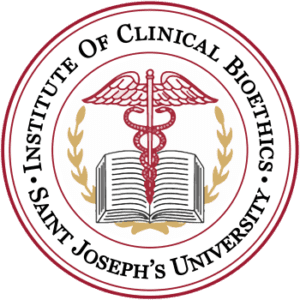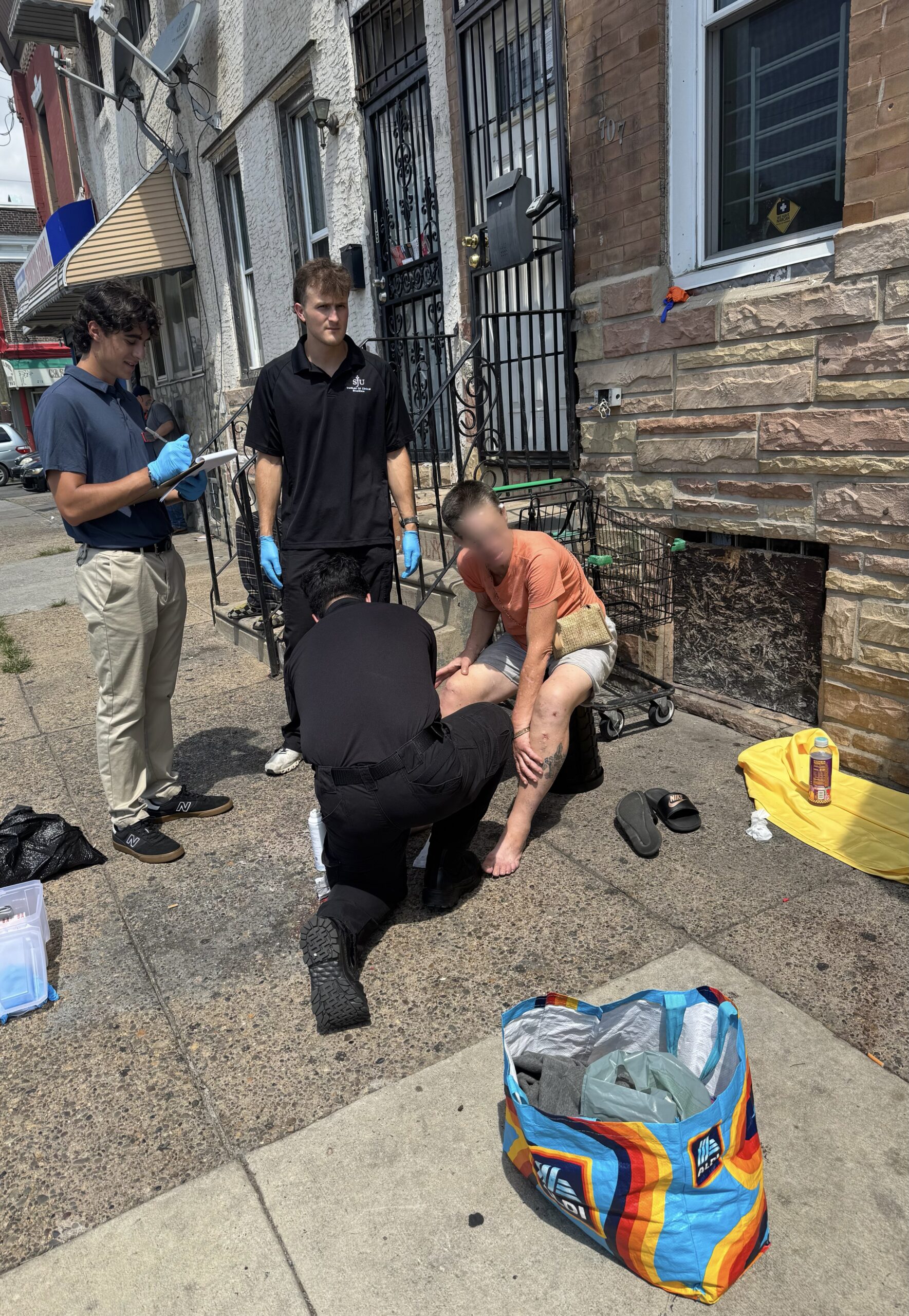This summer, EMT Fellows Ean Hudak, Rachel Vemula, Emma Anderson, and Shayne Ryan made the decision to share their experiences. The reality of working in suburban emergency medical services, reacting to crises during the opioid crisis, and working at the Kensington wound clinic are all shared in their perspectives. The stories put together light on the difficulties and benefits of the profession, as well as the gratitude, fortitude, and empathy that characterize their service.
Ean Hudak (Biomedical Sciences, ’26)
This summer has truly been a nonstop whirlwind of patients. From working in the suburbs at Marple to working in the heart of the opioid epidemic, I’ve gained a wide range of experiences. At Marple, most cases involve the typical ‘sick patient’ from a nursing home, but every so often, a particularly interesting case comes through. Recently, there was a man in his fifties having a heart attack. He had an endoscopy that morning just thinking it was some discomfort as a result of the procedure. He was going to take an Advil and sleep off the pain until we completed a 12-lead EKG showing an obvious abnormality. This summer, Bryn Mawr’s emergency department has been undergoing renovations, which has significantly increased our wait times. Long wait times, outdated equipment, and frequent micromanagement can make the job challenging at times, but I’ve learned to pick my battles.
Thankfully, being able to work the wound care clinic, despite the nasty work, is more rewarding than working 911. I can’t fully explain why, but I believe it’s because patients with substance use disorders often express deep gratitude for even the smallest acts of care. At times the clinic can feel like a 911 call when we have to run out of the clinic onto the streets for a person down. There was a man last week who became restless and extremely agitated when we woke him. He definitely gave us the rush of adrenaline that comes with EMS. No matter the challenges, I truly value the work I do in EMS at Marple and Mother of Mercy House, as it provides invaluable experiences that are preparing me for my future career. None of this would have been possible without the generosity of Mother of Mercy House and the ICB, and I will be forever grateful for the experiences and knowledge that they have all taught me.
Rachel Vemula (Biology, ’27)
As I’ve grown in my nearly three years as an EMT, I’ve come to realize that some of the most meaningful aspects of this work happen in quiet, heavy moments, not in flashing lights or urgent procedures. Through working as an EMT, two calls in particular reshaped the way I understand and care for people. One was a wellness check for an elderly woman who had died before we arrived. I had to declare her dead, and I stood by as her son was told over the phone that his mother had passed. Bearing witness to that kind of grief from both sides, the stillness of the home and the heartbreak in his voice, was sobering. On another call, we met a veteran who was suicidal. He had lost his wife just a few months prior and felt life no longer held meaning. He was soft-spoken and polite, but his pain was deeply present.
These moments have pushed me to rethink what it means to care for someone. It’s not just about medical intervention; it’s about the tone I use, the patience I bring, and the space I allow someone to feel human. I’ve learned not to rush, not to assume, and above all, to be present. Because sometimes, what people need most is not to be fixed, but to be understood.
Emma Anderson (Biology, ’26)
Only a few weeks ago I had my first cardiac arrest. My partner and I were 20 minutes over our shift returning from an ER drop off when we heard our station calling for a fire truck. My ears perked instantly. As of a month ago, a new policy was implemented to call for a fire truck when at a cardiac arrest. We debated going: on one hand, our shift was over; on the other, there was only one paramedic and one EMT and they might need our help. The deciding factor was the fact that the call was 3 minutes away and in the direction of the station. The plan was simple—walk in, offer assistance, and ideally leave to clock out by 21:30. Instead, when we asked the medic if they needed help, we were immediately pulled into the middle of the situation. Sadly, despite our efforts, the 34-year-old patient did not survive.
A few years ago, I heard somewhere that a person’s brain still functions a couple of minutes after cardiac death. Theoretically, they still hear you and feel you. It is a thought I couldn’t get out of my mind. It may not have sounded like we cared in the moment since we weren’t speaking delicately to each other, but I hope that patient knew how hard we fought to keep him alive. I hope every patient understands the profound impact they have on our lives and how often we reflect on them and the meaning of their lives. Learning how to handle all the emotions that come with emergency care has been very difficult, but the thought that our care can keep our patients fighting keeps me coming back to the station.
Shayne Ryan (MBA, ’27)
Since completing EMT school in the summer of 2024, I recently began working with Marple Ambulance Corps, where I have gained hands-on experience in pre-hospital care. The station operates several ambulances with varied responsibilities. I have worked on the transport truck, which primarily transfers patients from the local geriatric center to their appointments but also responds to 911 BLS calls when available. In addition, I have had the opportunity to ride on the dedicated 911 BLS truck that responds mainly to emergency calls, and I have observed the ALS unit, staffed by a paramedic, which handles advanced emergencies such as cardiac events. My experience so far has shown me the unpredictable rhythm of EMS work. Some days bring constant calls, while others pass in relative quiet. I have been fortunate not to encounter any extreme emergencies yet, and some of my colleagues jokingly call me a “white cloud.” Perhaps the most profound experience since becoming an EMT has been working with the wound care team in Kensington. Alongside a diverse group of college students, graduate students, physicians, Father Clark, and I have helped provide care to individuals experiencing homelessness and addiction. One moment that stands out is when we successfully reversed an opioid overdose in a young woman across the street from the Mother of Mercy House. Administering Narcan and seeing her regain consciousness within minutes was a powerful reminder of the importance of timely, compassionate care. In that moment, our entire team functioned seamlessly, and I realized the true impact of collaborative medicine. These experiences have not only affirmed my decision to enter emergency medical services but also deepened my commitment to serving vulnerable populations.

